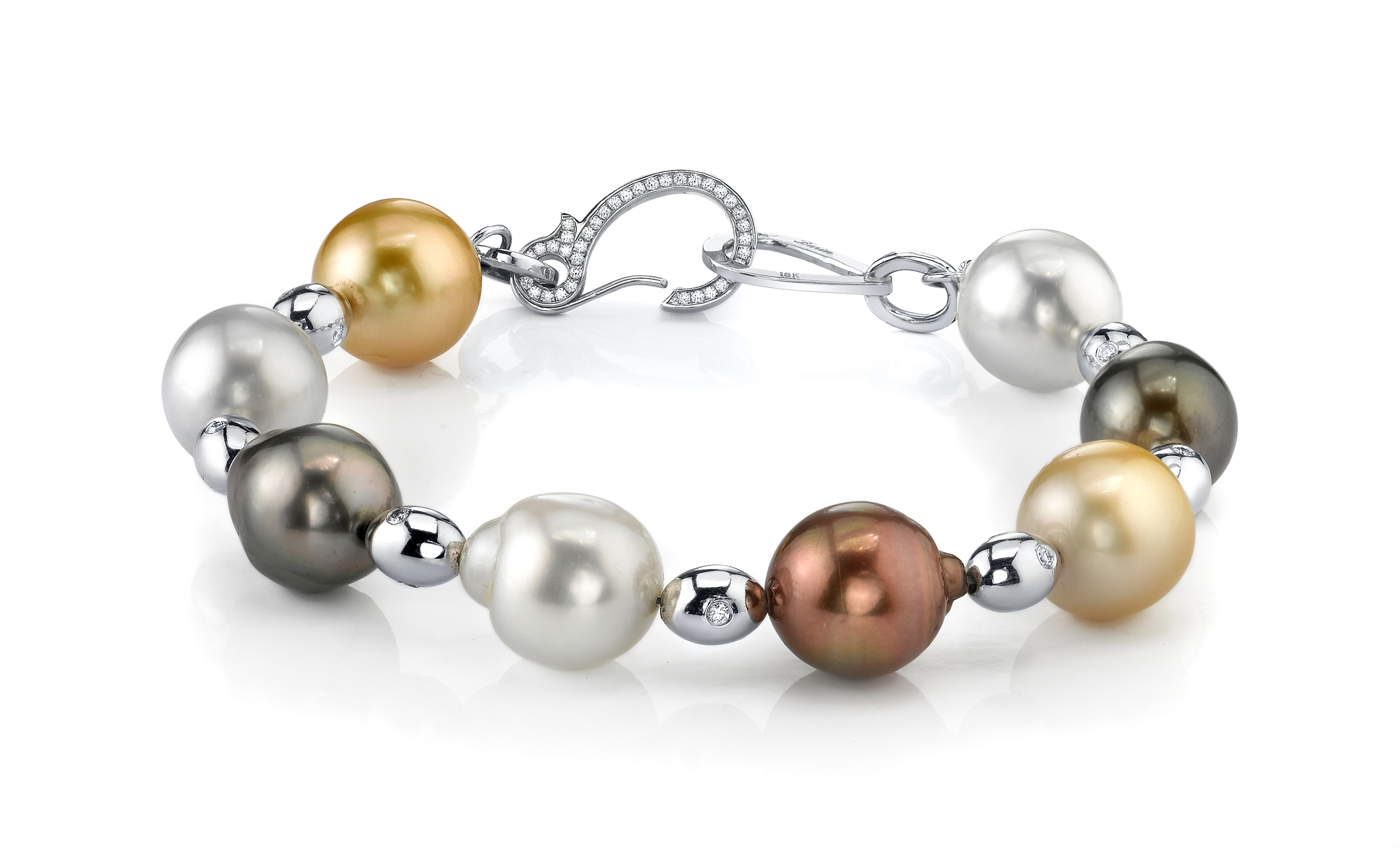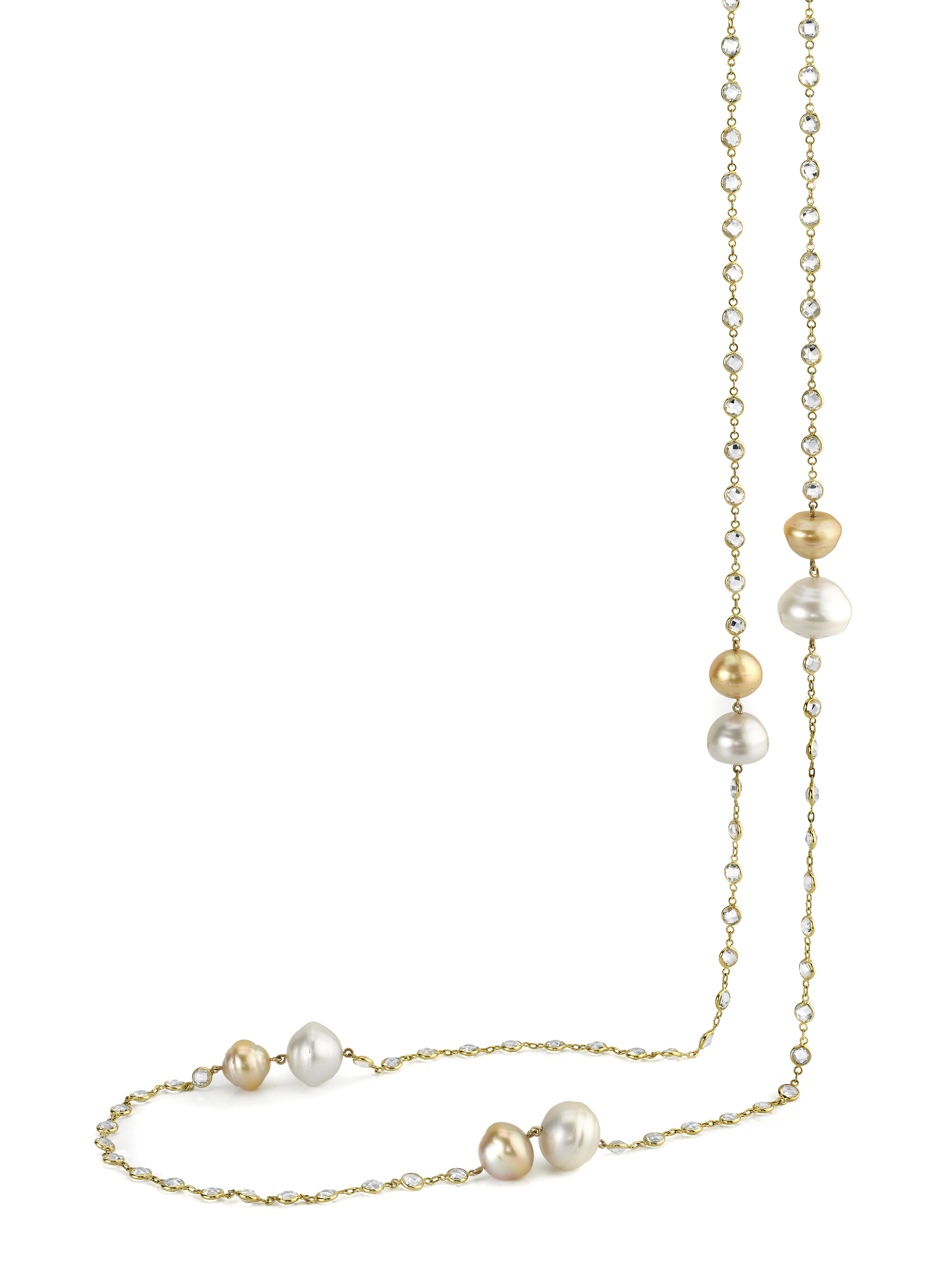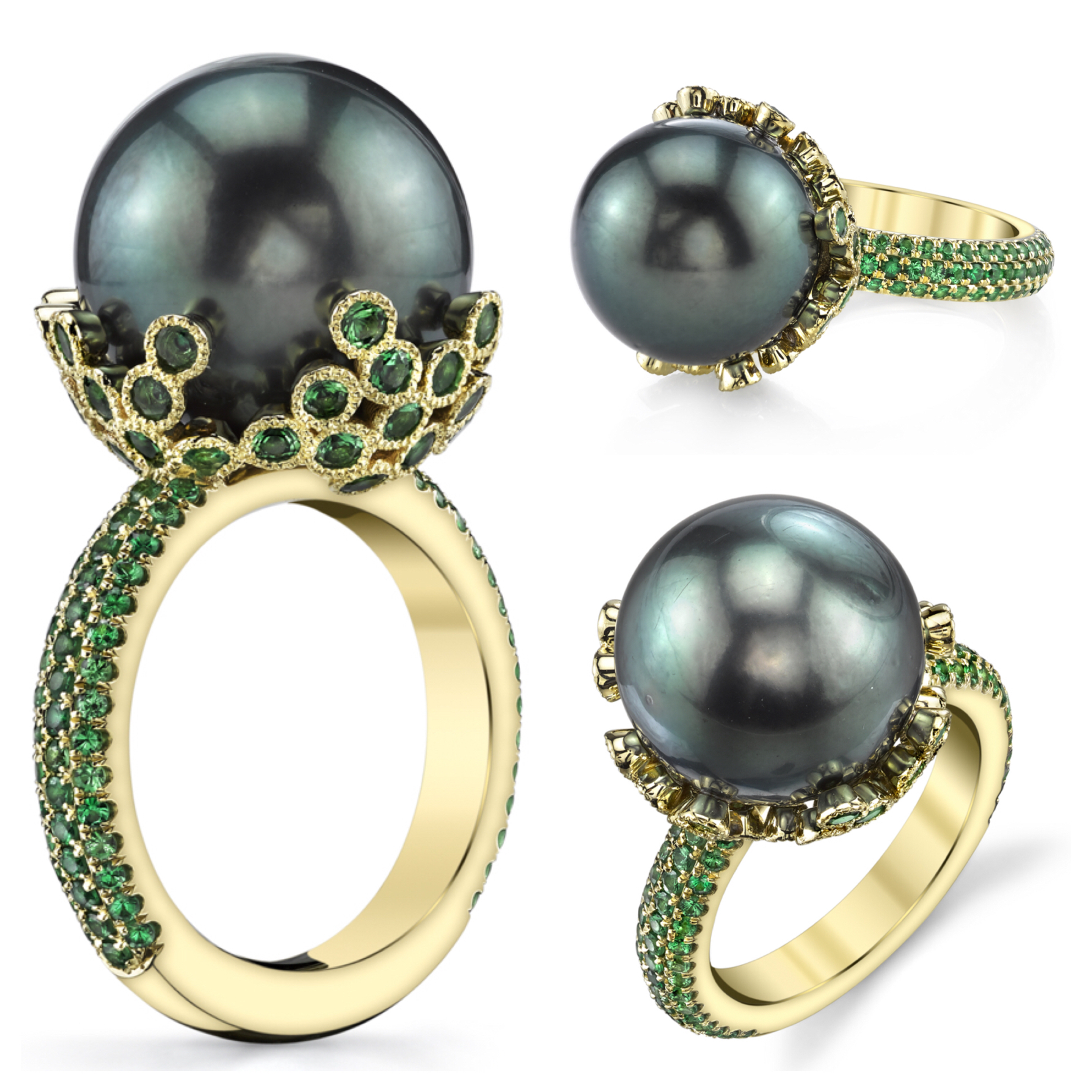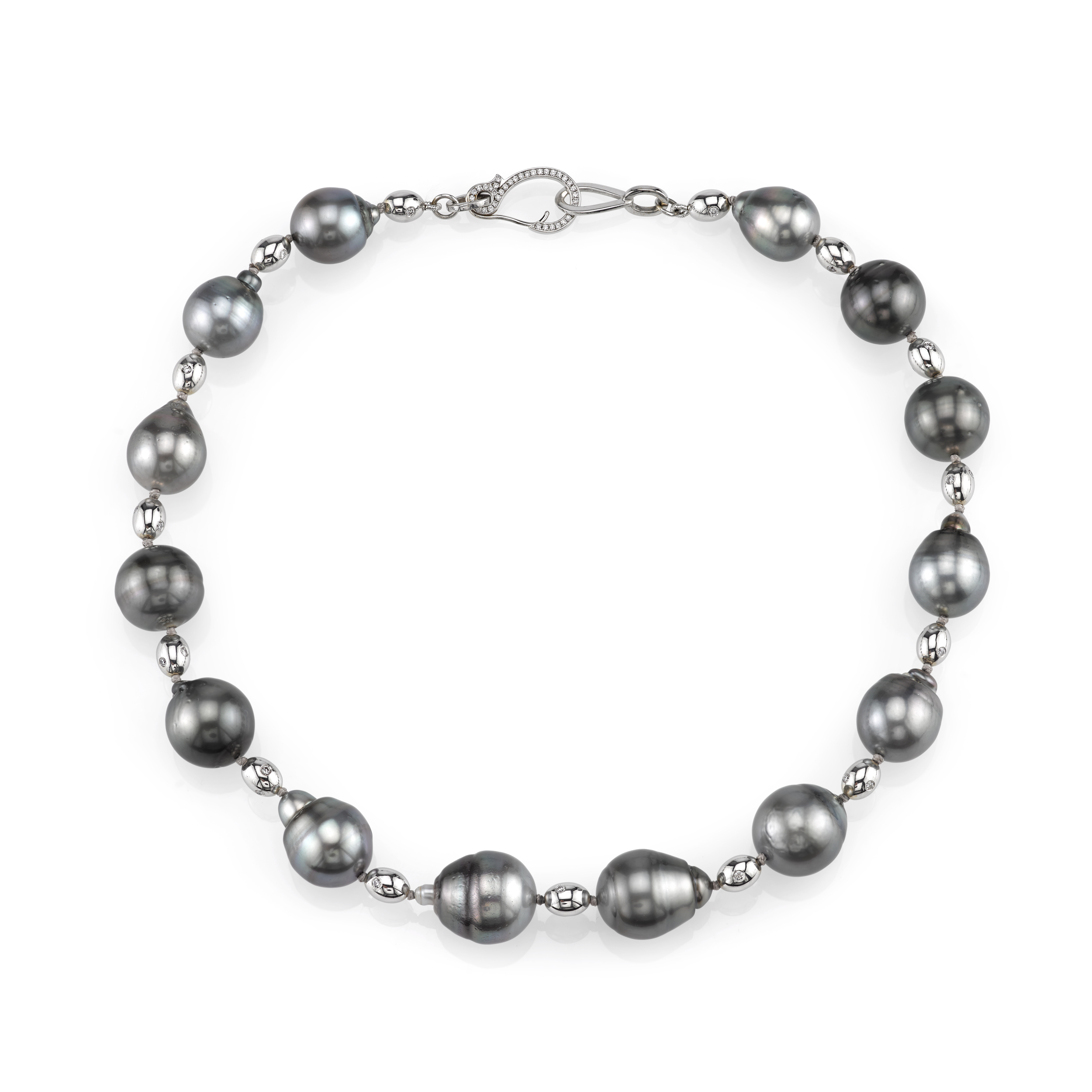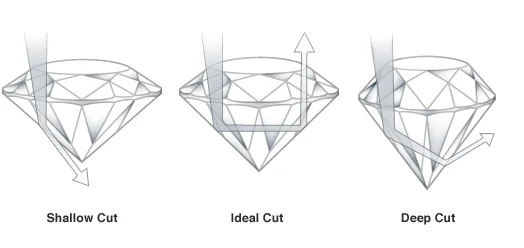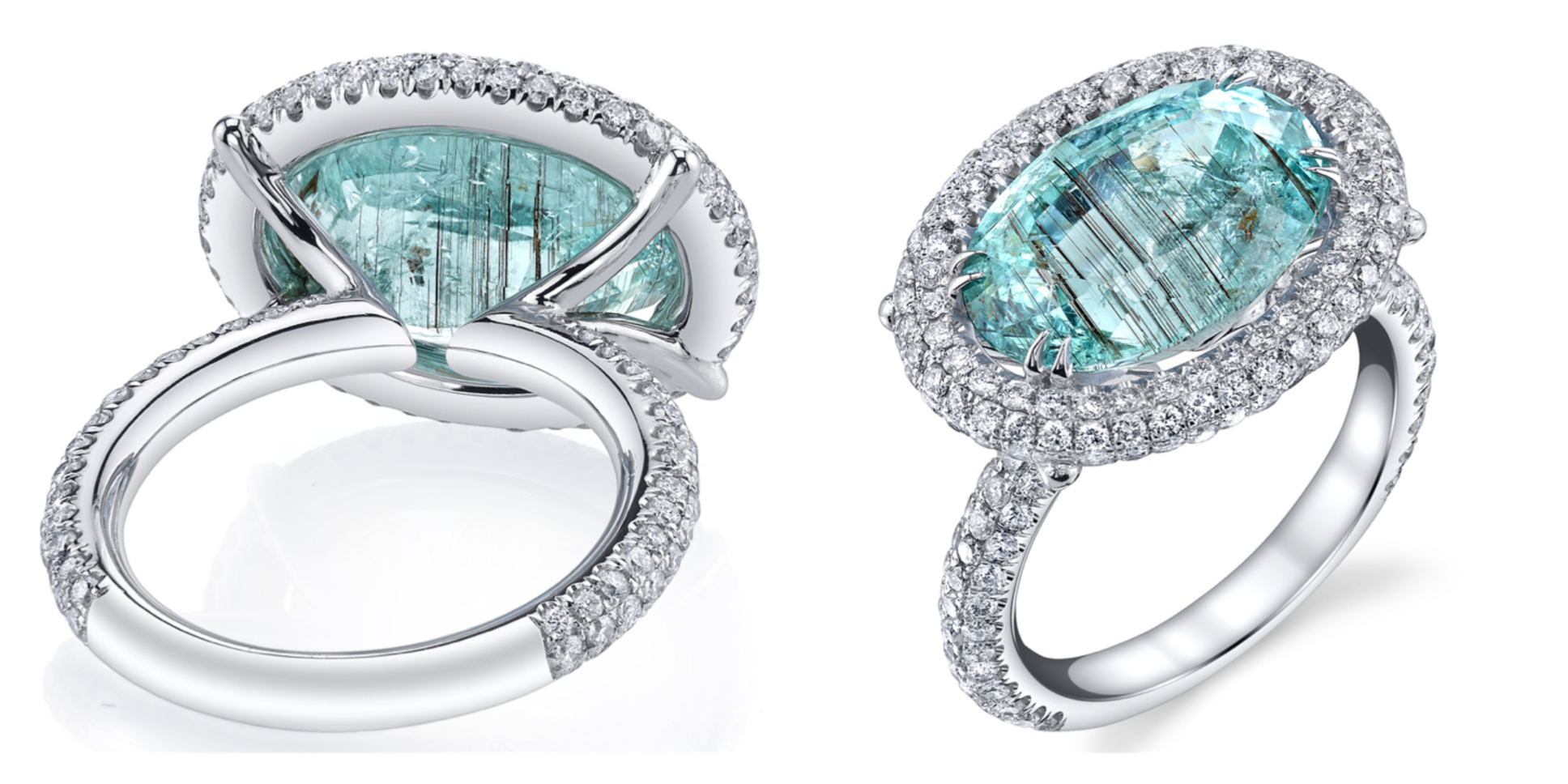Fancy Color Diamonds
Fancy color diamonds are found in 12 different colors with more than 90 secondary hues and 9 intensity levels within the 234 possible color combinations. Out of 10,000 carats of mined diamonds, only one carat will turn out to be fancy colored.
Aside from the extreme conditions that must be present to create diamonds, the right trace elements must be present in appropriate quantities to create the desirable shades. Fancy color diamonds are evaluated less for their brilliance or shine and more for their color intensity, which is composed of tone and saturation. Deep and distinct shades are preferred over weak or pale shades.
Yellow diamonds, for example, range from fancy light yellow to fancy vivid yellow. Some variations include fancy deep yellow and fancy intense yellow. These diamonds are colored by the minute presence of nitrogen. Blue diamonds are colored by boron and hydrogen, while green diamonds result from natural radiation. Brown, pink, and red diamonds are a product of colored graining resulting from structural irregularities.
The size and shape of a diamond also influence its color. Larger diamonds can sometimes yield a richer, more intense color because light can travel deeper into it. Certain cuts of diamond, such as the radiant cut, can also influence color and yield a lush hue due to strategically placed facets.
For centuries, fancy color diamonds have adorned kings and queens from all over the globe and have been sought out for their mystical properties. Today, these diamonds are prized by collectors for their stunning beauty and extreme rarity.





